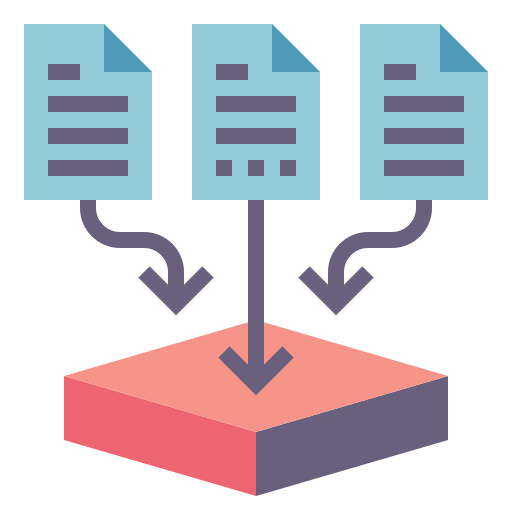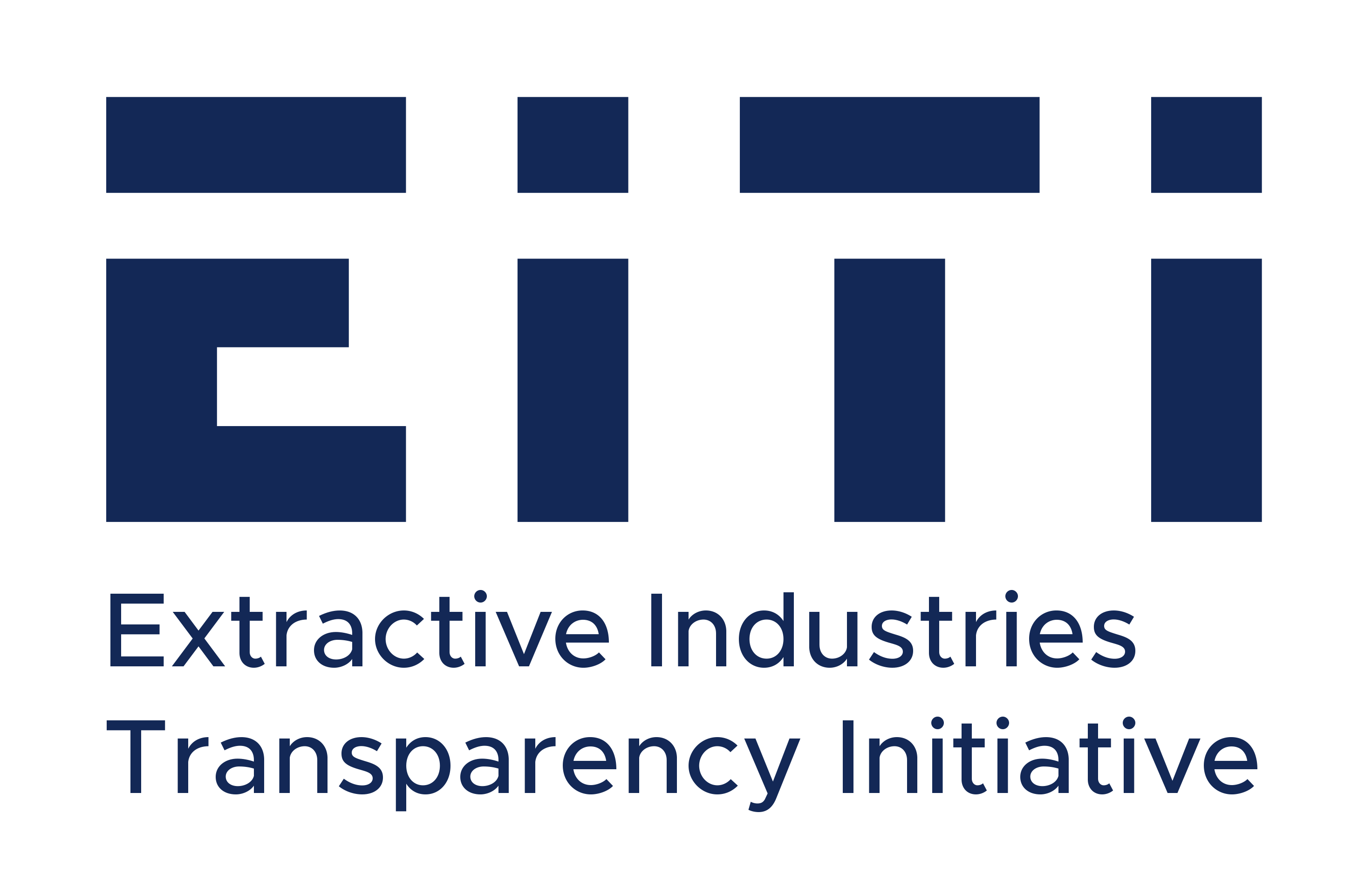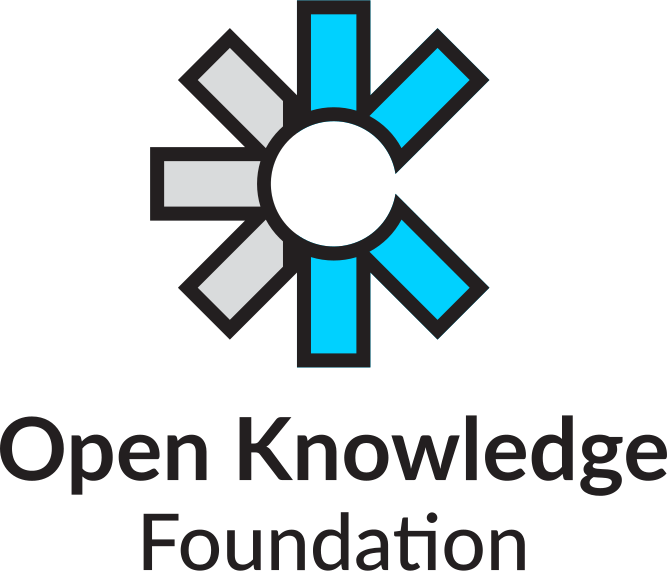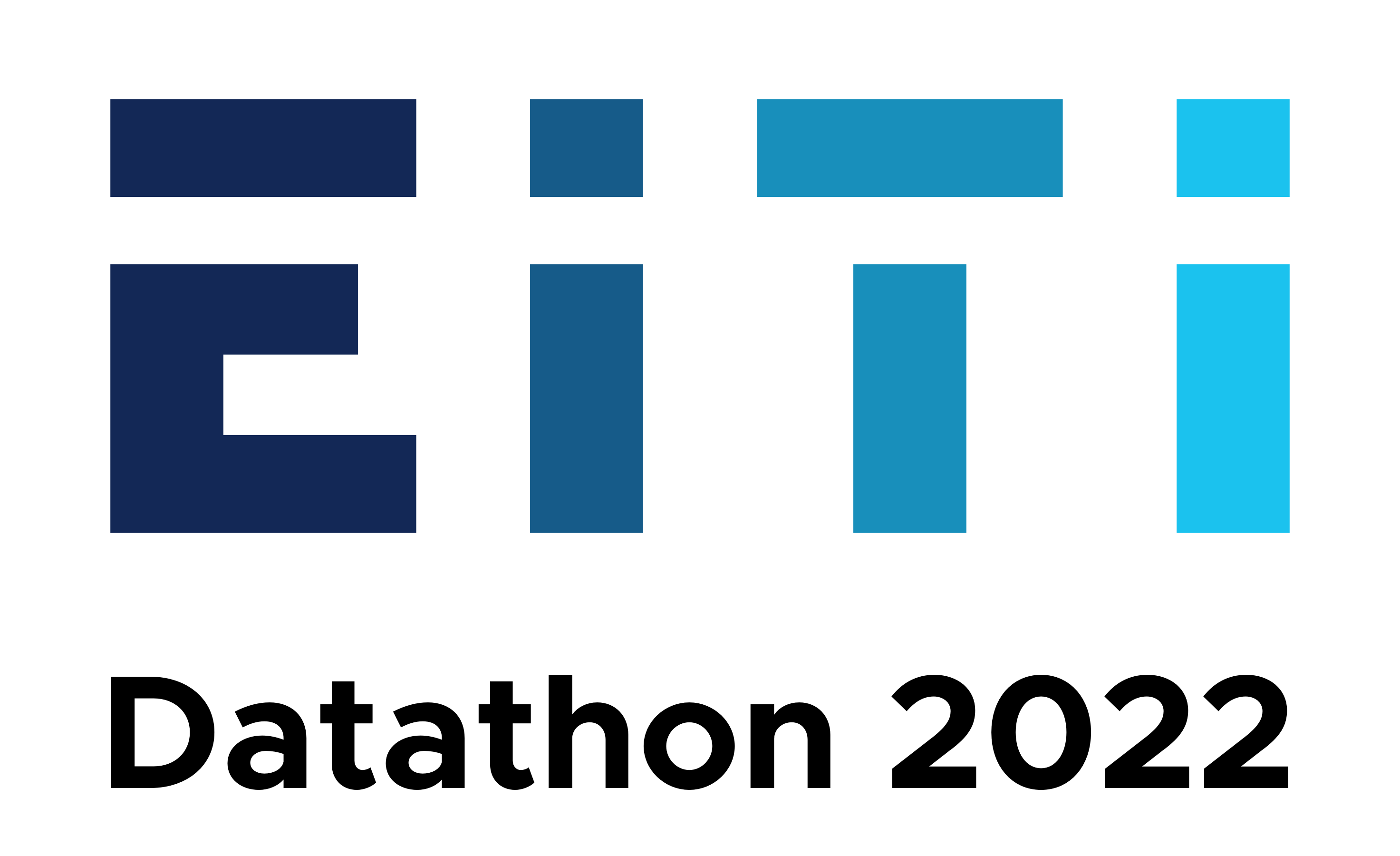
Scenario 4: Supporting government officials to understand company disclosures in a context of volatility and uncertainty
The scenario
Once upon a time... a country’s extractive industries were experiencing significant uncertainty as a result of the global energy transition. Commodity prices were volatile, and some companies were ramping up production, while others were scaling back their activities. This was resulting in big changes in the revenues the government was collecting. Citizens were demanding answers from the government about why the revenues paid by some companies varied so dramatically from year to year.
Every day... government officials would wonder how to respond to the questions coming from citizens. While EITI disclosures shed light on the payments companies were making, officials needed a way of explaining what was driving the changes in payments. They wanted to know to what extent revenue flows were influenced by factors like commodity prices, production volumes, project costs or the nature of the country’s fiscal regime.
This is where your proposal comes in.
One day... (what will you do to address the problems and challenges being faced?)
Because of that... (what changes will your solution bring?)
Until finally... the government had a tool that allowed them to better explain the revenue payments being made by companies. This helped the government to build trust with civil society and companies around the sector’s revenue flows.
Keywords
trust accountability uncertainty disclosures data quality data validation government payments
Scenario Starter Kit
Recommendations for your design process
- The pain point in this scenario involves:
- understanding what drives changes in revenue payments.
- An entry point for your solution can be in the the accounting and budget forecasting processes of the government, EITI reporting, or even the revenue payments reporting of extractive companies.
- An example of a country with multiple years of revenue and production data is Senegal.
- You can also use the EITI API to fetch specific datasets based on your needs.
- Remember: We do not expect perfect solutions—the focus of this event is on prototyping ideas, rather than creating perfect tools.
Who will be your audience and users?
The key stakeholders for this scenario are:
- government officials - your solution should enable government officials to determine and understand what drives changes in the payments.
Recommended data and resources
- Summary data from EITI reports
- Revenue data
- Production data
- EITI API
Data and resource documentation
Summary Data from EITI Reports
What is it?
Data files collected by using Summary Data Templates and organized in folders by country. These include a wide range of fiscal, legal and contextual data related extractive industries, including company-by-company revenue data.
Where to get it?
The data is shared freely in this Google Drive as per EITI's Open Data Policy.
Tips and advice about the resource
- What's in the folders - The data files are organised in folders by country and contains:
- Excel files of summary data for a specific year. Some are “proxy” files, with aggregate data, as the full summary data sheet from the implementing country are not yet available.
- The EITI Report that is the basis of the Summary Data.
- Summary data templates - the summary data spreadsheets available from the folder use two template versions depending on the year of the report—most reports from 2018 use version 2.0 while those prior to 2018 use version 1.1. Always refer to the Introduction tab (usually the first one) of each summary data spreadsheet to determine what version is used and what information each of the tabs contain.
- Sources of the data - Recent data has been provided by Independent Administrators and National Secretariats of the EITI, while data from older reports are continuously being compiled by the International Secretariat itself.
- Data quality - Implementing countries are responsible for ensuring that this data is accurate. For detailed information, you may consult the original reports. Where figures are not available in US dollars, the annual average exchange rate is used.
- Not all files are in English - whenever applicable, the language used in the files is indicated in the file name by a two-letter code (e.g. EN - English, ES - Spanish, FR - French, DE - German).
- Not all PDF reports have the same tables - not all reports have the same tables or have them on the same pages, utilize the table of contents and list of tables to determine if the data you are looking for is in the report.
Revenue data
What is it?
Data on government revenue disaggregated by revenue streams and government agency according to GFS classification.
Where to get it?
You can find this data in EITI reports and summary data files, particularly in the Summary Data spreadsheets. For example:
- 3. Revenues tab in 2017 Senegal Summary Data EN_san
- Part 4 - Government revenues and Part 5 - Company data tabs in 2019 Senegal Summary Data EN v2
Tips and advice about the resource
- The information about revenue is disaggregated by sector (oil and gas or mining).
- This information can be found in different tabs depending on the reporting template version used in the spreadsheet. For version 1.1 (most reports prior to 2018), it can be found in the 3. Revenues tab. For version 2.0 (most reports since 2018), it can be found in the Part 4 - Government revenues and Part 5 - Company data tabs
- The data for Senegal is a good example of a dataset that includes multiple years of reporting including several that use the most recent reporting template.
- You can also use the EITI API to fetch specific datasets based on your needs.
Production data
What is it?
Oil and Gas production data for a given year and a given country
Where to get it?
You can find this data in EITI reports and summary data files, particularly in the Summary Data spreadsheets. For example:
- 2. Contextual tab in 2017 Senegal Summary Data EN_san
- (EITI Requirements 3.2) Part 2 - Disclosure checklist and Part 3 - Reporting entities tabs in 2019 Senegal Summary Data EN v2
Tips and advice about the resource
- This information can be found in different tabs depending on the reporting template version used in the spreadsheet. For version 1.1 (most reports prior to 2018), it can be found in the 2. Contextual tab. For version 2.0 (most reports since 2018), it can be found in the Part 2 - Disclosure checklist (country-level) and Part 3 - Reporting entities (project-level) tabs
- The data for Senegal is a good example of a dataset that includes multiple years of reporting including several that use the most recent reporting template.
- You can also use the EITI API to fetch specific datasets based on your needs.
EITI API
What is it?
A REST Application Programming Interface (API) to programmatically access EITI data.
Where to get it?
You can access the API and its documentation at eiti.org/api.
Tips and advice about the resource
- Most of the data needed for the scenario should be available from the Summary Data but you may opt to use the API if you think you need to programmatically access information or are looking for specific data point.
The EITI Datathon 2022 is brought to you by:





